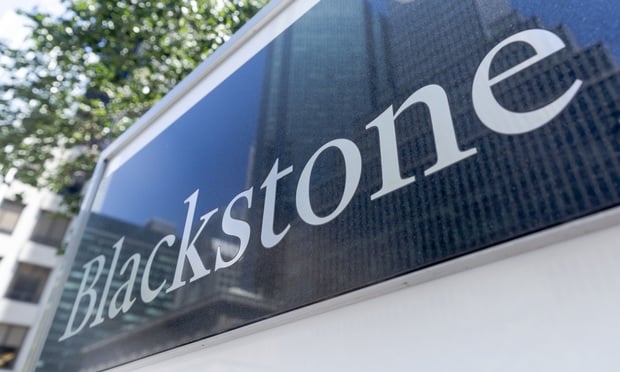At the recent Housing California Annual Conference, stakeholders from various sectors in affordable housing gathered to discuss, learn, and collaborate towards solving the housing crisis impacting California and markets across the US. Below is a summary of some key takeaways from the event.
Insurance Cost and Property Resilience
One of the key issues discussed at the conference is concern about insurance costs, where premiums have on average increased by 26%. Developers looking for ways to save on insurance costs are using third-party reporting to show property resilience and design characteristics that minimize the potential physical risks to their assets, especially in areas prone to climate hazards. By proving that properties are resilient against climate hazards such as wildfires and flooding, owners are hoping to see a decrease in insurance premiums. Talk to your due diligence consultant to see if a Property Resilience Assessment can be done should your deal team have concerns about insurance costs or insurability.
Streamlining Affordable Housing Financing
There is tax credit funding currently available for affordable housing in disadvantaged areas, which can be viewed on the eligibility maps on the Energy Communities site. This is an additional funding source that will be available for affordable housing developers. There are three types of funds available, including Competitive Funding, Formula Funding, and Tax Credits. These funds are aimed at supporting economic revitalization, creating jobs, remediating environmental degradation, and assisting energy workers in transitioning communities affected by coal, oil, gas, and power plant closures.
Recommended For You
IRA Programs that Support Decarbonization of Affordable Housing
There are three new IRA programs coming online this year that will become funding sources for affordable housing developers:
The Home Efficiency Rebates (HOMES) Program, part of the initiatives introduced under the Inflation Reduction Act of 2022, is designed to offer significant financial incentives for home energy efficiency and electrification projects. The program has a total allocation of $8.8 billion in rebates aimed at helping American households save on energy bills, upgrade to clean energy equipment, improve energy efficiency, and reduce indoor and outdoor air pollution.
Along with HOMES is The Home Electrification and Appliance Rebates (HEEHRA), officially known as the High Efficiency Electric Home Rebate Act. It aims to facilitate the transition of low and moderate-income households across the United States towards electrification. This initiative is designed to help these households save on monthly energy bills, foster healthier indoor air environments, and reduce their carbon emissions. HEEHRA will be covering 100% of the costs of electrification projects up to $14,000 for low-income households, and 50% of the costs up to $14,000 for moderate-income households. The program has been allocated a total of $4.5 billion, with $4.275 billion dedicated to rebate funding distributed by State Energy Offices and $225 million allocated for Tribal Governments.
The Equitable Building Decarbonization Program, spearheaded by the California Energy Commission (CEC), aims to reduce greenhouse gas (GHG) emissions from homes and promote energy equity. The program encompasses two primary efforts: a direct install program and an incentives program. Both initiatives are designed to facilitate the installation of all-electric appliances, enhance energy efficiency, and implement weatherization measures alongside related building upgrades. These programs specifically target low-income households within single-family and multi-family dwellings in under-resourced communities.
Another program that is ideal for retrofit projects is the Low-Income Weatherization Program (LIWP) in California. It is designed to assist low-income households by providing solar photovoltaic (PV) systems and energy efficiency upgrades at no cost. This initiative focuses on serving low-income communities with both solar PV installations and energy efficiency improvements, aiming to reduce greenhouse gas emissions, lower household energy costs, and enhance living conditions.
Cautious Optimism
In addition to various funding news, there is continued support in moving the unhoused into permanent housing, such as converting motels into affordable homes. And the overall sentiment is of cautious optimism for the sector, with more confidence in transacting even with higher cap and interest rates in 2024.
Housing California is an organization that focuses on ending homelessness and creating affordable homes in the state, and aims to shape policies through multi-sector coalitions in order to address the complex issues of California's housing crisis. In 2025, the annual conference will be held in its usual location of Sacramento. Partner has been a continual sponsor of the annual conference, and our experienced team of engineers, architects, and sustainability professionals works with developers to increase the quality of affordable housing in California and nationwide.
© 2025 ALM Global, LLC, All Rights Reserved. Request academic re-use from www.copyright.com. All other uses, submit a request to [email protected]. For more information visit Asset & Logo Licensing.








